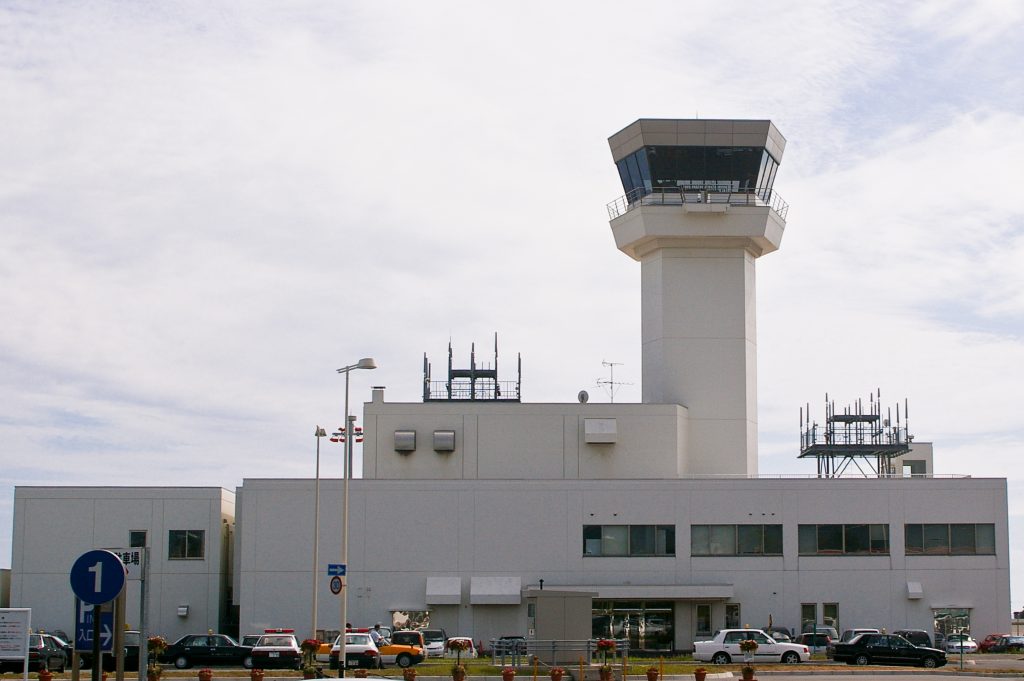Report Text:
I was engaged on an instructional cross country flight with a TAF at my destination [in Class D airspace] of:
‘EG** 2112/2118 21013KT 9999 FEW012 TEMPO 21122118 21018G30KT 6000 RA BKN008’.
The flight went very well and the student learnt a great deal due to the strength of the wind and commented on the high ground speed and the need to keep ahead of the navigation. He carried out all radio calls and handled the aircraft throughout. Approximately 10nm from our destination the student called and was surprised to hear we could not join as the visibility was less than 5kms! We had good ground contact and the visibility was between 3 and 5kms. I advised we would continue and assess the situation from closer in. The student was still flying the aircraft, as the forecast stated TEMPO, I felt that this was a passing shower and would clear, allowing for our relatively low ground speed we had a little time to pass. Some 3 miles from the airfield, still at 1400ft and with good ground contact and the student still flying the aircraft, we were again told we could not join as the visibility was less than 5000 metres. I confirmed I had good ground contact and was happy to continue, this request was refused. I had no option other than divert. I tried an airfield downwind but they were water logged, so the next option was [Airfield B], although it is considerably higher field elevation than our planned destination. ATC at [Airfield B] were as ever excellent and initially offered a downwind join. However, due to deteriorating weather we were forced to climb and eventually landed uneventfully from an ILS. The wind was quite strong so when the hangar was offered I accepted. Shame the total bill came to £243 with the taxi as [Airfield B] do not accept weather diversions!

Lessons Learned:
I have been instructing for many years and have always believed that the pilot has ultimate responsibility for the safe conduct of the flight, taking into account available weather information and any ATC observations. Now it seems that an airfield in class D airspace can just close. The major concern I have is that SERA states: It does not matter what the pilot can see it is the official aerodrome meteorological report that determines if flights can take place. When two visibility values are reported the lower value is used. (see FTN Note – Ed).
Surely there should be an element of common sense. When the controller is fully aware of the pilot’s ability, as some months earlier I had landed in much worst conditions.
CHIRP Comment:
The reporter is correct that it is the SERA regulations that have reduced the minima to be applied for VFR flight in control zones (see FTN Note – Ed). SERA.5005 Visual Flight Rules states:
(b) Except when a special VFR clearance is obtained from an air traffic control unit, VFR flights shall not take off or land at an aerodrome within a control zone, or enter the aerodrome traffic zone or aerodrome traffic circuit when the reported meteorological conditions at that aerodrome are below the following minima:
(1) the ceiling is less than 450m (1,500ft); or
(2) the ground visibility is less than 5km.
This aerodrome is equipped with cloud base and visibility measuring equipment. The controller had no other option when he advised the reporter that he could not join the circuit because the weather (4000m, few at 900ft and broken at 1500ft) was below VFR minima for arrivals and departures. The aerodrome was not closed and would have been available for use in an emergency. However, this was not an emergency situation as the instructor was always fully in control of a serviceable aircraft and at no stage was his situational awareness compromised, including his options for a diversion. The incident also demonstrates the importance in poor weather flight planning of identifying a diversion airfield with weather that is forecast to be suitable for the duration of the flight.
From a CHIRP GA Feedback report
FTN Note:
FTN has received considerable comment regarding this incident report, so we asked Jeremy M Pratt (author of a number of aviation training manuals, including the newly-published Aeronautical Knowledge – Air Law) for comment. These comments are not part of the original CHIRP report and are not in any way endorsed by CHIRP:
“The CHIRP comment regarding SERA Visual Flight Rules may benefit from further explanation. Under the Standard European Rules of the Air (SERA) as enacted by the UK CAA, inside a UK Control Zone (which for practical purposes means Class D airspace with a base on the surface) the general VFR minima for an aeroplane at or below 3000ft, by day, with Indicated Airspeed 140 knots or less, are:
Flight visibility 5km, clear of cloud, in sight of the surface.
‘Flight visibility’ means the visibility forward from the cockpit of an aircraft in flight, so by definition it is the pilot who decides what the ‘flight visibility’ is. And only the pilot knows if he or she is clear of cloud and in sight of the surface.
The SERA rules also state that in the immediate vicinity of an airfield inside a control zone (eg for aircraft taking-off and landing, in the aerodrome traffic zone and in the circuit), minima for VFR flight are:
Ground visibility 5km, cloud ceiling 1500ft above the surface.
The crucial point is that these conditions in the immediate vicinity of an airfield are defined as ‘reported meteorological conditions at that aerodrome’ – the pilot doesn’t get any discretion in assessing visibility and cloud ceiling at the airfield. So, in these situations, ATC can say that VFR flight is not possible at and around the airfield (but not elsewhere in the Control Zone) if they have a met. observation below the 5km/1500ft minima.
Of course, there’s always the possibility of Special VFR (SVFR) clearance – which would allow non-IFR flight for an aeroplane in a Control Zone down to minima of 1500m visibility and cloud ceiling 600ft.
I have no idea why a SVFR clearance wasn’t possible in the case reported, maybe that’s a question for the pilot and controller to discuss over a coffee sometime….”







